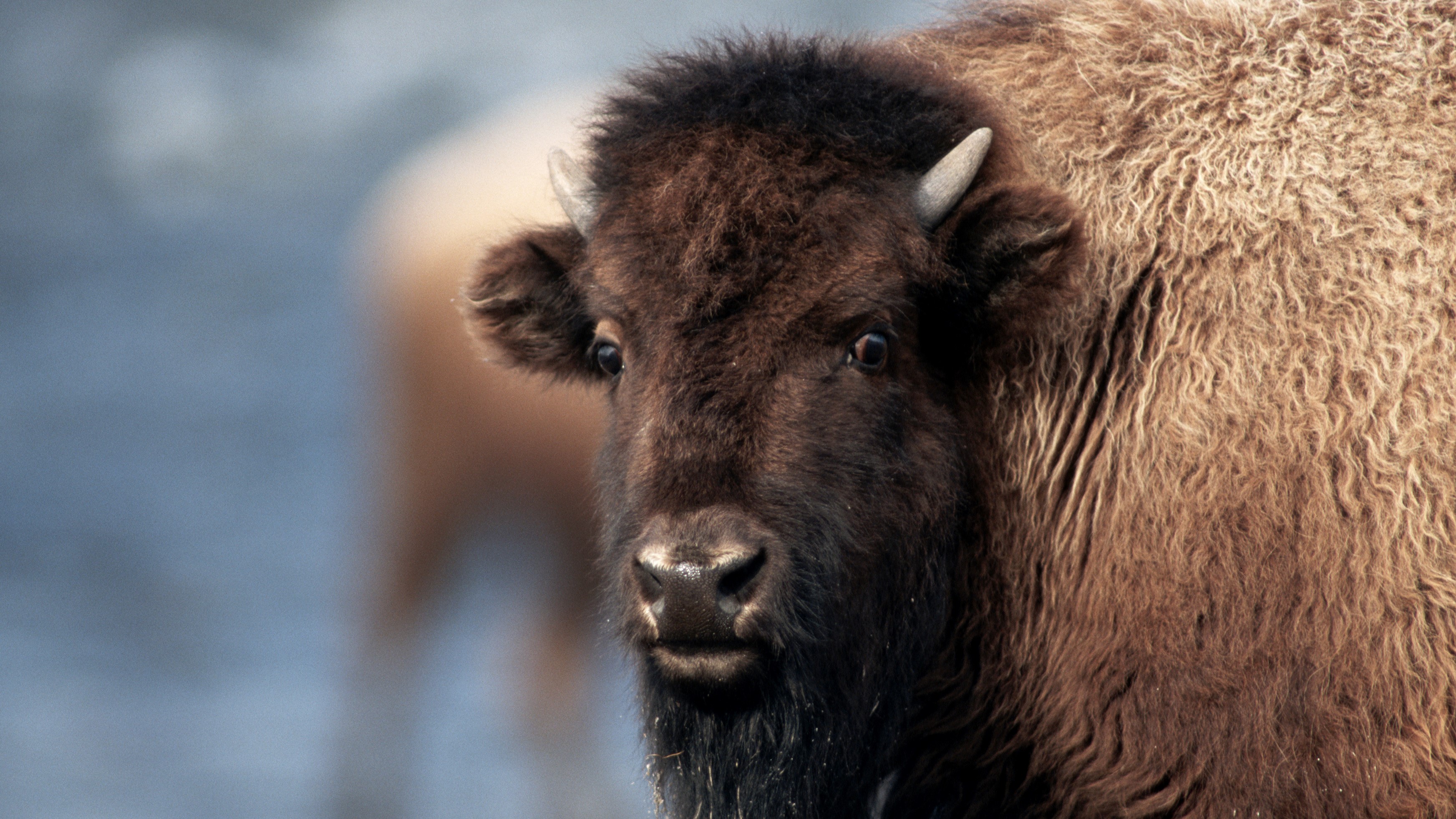
As hiking season gets underway, a pair of tourists at Yellowstone National Park have given a perfect demonstration of how not to enjoy watching and photographing the wildlife. The duo were spotted in Hayden Valley taking it in turns to pose with a particularly large bison, seemingly oblivious to how dangerous these powerful creatures can be. According to the National Park Service (NPS), they are responsible for more injuries than any other animals at Yellowstone, including bears, wolves and snakes.
A video of the incident, which you can watch below, was shared via Instagram account TouronsOfYellowstone this week. It was shot by wildlife biologist Jeremy Jacobs, who explains that it was recorded during the rut last fall, when male bison are particularly aggressive as they compete for dominance and the right to mate.
This particular animal appears calm, but a bison's mood can change in a second, which can have serious consequences.
"The animals in Yellowstone are wild and unpredictable, no matter how calm they appear to be," says the NPS in its safety guidance for visitors. "The safest (and often best) view of wildlife is from inside a car."
It's a lesson that one hiker learned the hard way in 2022, when she encountered a small bison herd while hiking alone in Caprock Canyons State Park, Texas. Rather than taking an alternative route and extending her hike, Rebecca Clark decided to carefully creep past the animals. At first they seemed to tolerate her presence, but when she was nearly past, one bull charged and gored her, leaving her with a serious puncture wound to her back
Clark later admitted she was too close, and shared a video of the attack online as a warning to other hikers who may encounter bison on their adventures.
Bison safety
"Bison are unpredictable and can run three times faster than humans," warns the NPS. "Always stay at least 25 yards (23m) away from bison."
You may see the animals near developed areas or on trails, which often provide the easiest route for them to get around the park. If necessary, you should turn around and head back the way you came to avoid coming into close quarters with them.
Bluff charging, bellowing, snorting, and pawing the ground are all signs that a bison is agitated and is likely to make a serious charge. According to the NPS, you should never try to stand your ground in such a situation. Instead, walk or run away, and use your bear spray if the bison follows (our guide how to use bear spray explains everything you need to know about carrying and deploying it).
- The best binoculars: enjoy watching bison and other animals from a safe distance







